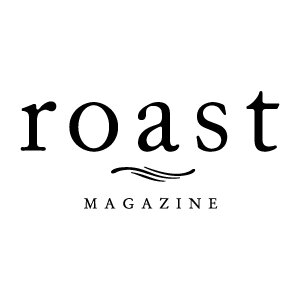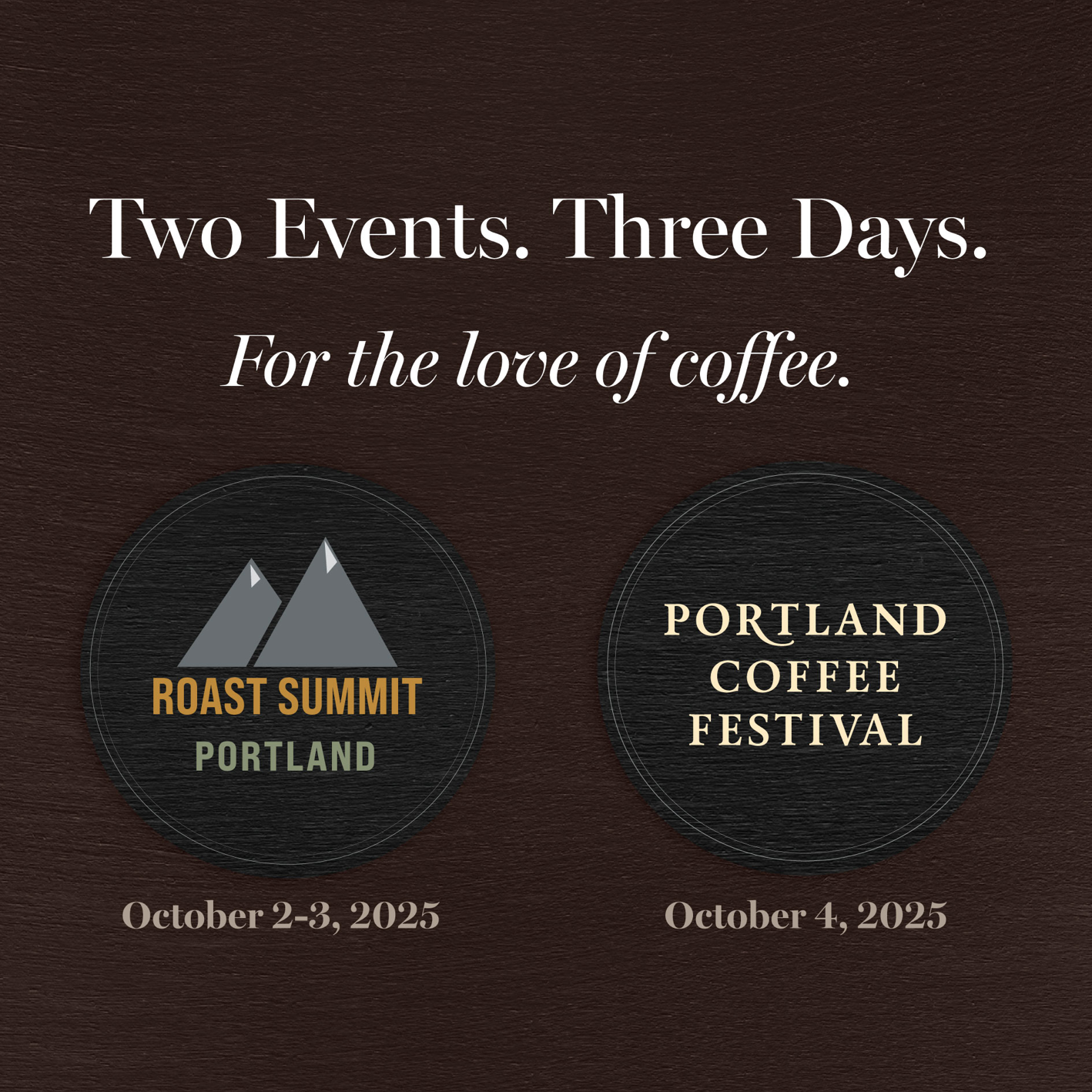Wonders of Peru: Coffee and Cacao
By Juan José Sánchez Macías
Peru is a country known for its amazing cuisine, mythical history, and for being one of the countries with the greatest biodiversity in the world. Peru even has one of the Seven Wonders of the World—Machu Picchu—but what you probably haven’t heard is that Peru produces and exports an increasing number of super foods every year, including amaranth, quinoa, cacao and potatoes, among others. Here are six reasons for this growth, according to PromPerú, the government commission charged with promoting exports, tourism and business investments in the country:
Biodiversity
Export capacity
Traceability and innovation
Ancestral wisdom
Gastronomy
The country’s image as an investment destination
Outside of Ollantaytambo on the way to Santa Teresa.
As you may already know, behind a finished agriculture product there’s always a story, hundreds of years of tradition, generations of passion and knowledge, and people willing to work hard on the farms.
As Victoria Gamarra, a coffee producer and member of La Flor de Café women’s association, says, “Sin la agricultura, no hay vida,” meaning, ‘Without agriculture, there’s no life.”
Brewing coffee from the Santa Teresa region.
Unripe coffee cherries developing.
Driving through Peru, the Andes area specifically, is an experience. The mountains are 11,000 feet in elevation, sometimes even higher. The vegetation changes rapidly as soon as you start to ascend, and everything just seems to go slower. You can hear nature and immerse yourself in it. The clouds merge with the mountains.
Having the first coffee of the day prepared by the producer, brewed near their farm, with a view that seems be taken out of a Jurassic Park movie, and sharing that cup with them, is something that fuels you up for the day to come. Pablino Mayorga brewed a washed Gesha from the Asociación de Productores de Café Especial, Valle Santa Teresa in La Convención, Cusco.
Twelve percent of Peru’s total coffee exports are certified by Fairtrade International, and 3 percent qualify as specialty coffee.
Asociación de Turismo Rural Comunitario Flor de Café Lucmabamba.
A women’s association called Asociación de Turismo Rural Comunitario Flor de Café Lucmabamba is located in the Lucmabamba, Santa Teresa, region. This association is composed of over 20 members (and their families) who live around the area. Together, they own over 20 hectares of land—and all the coffee they produce is organic.
Gloria Camacho Moncada, the association’s president, and Victoria Gamarra stroll around the coffee farms they own and share some of the challenges of being women in the coffee industry. In 2012, Gamarra and other women of the community decided to part ways from a co-op to start a group that would later become the Asociación de Turismo Rural Comunitario Flor de Café Lucmabamba, where they organize to sell green coffee.
Green washed coffee about to be roasted.
Pablino, Wilder and Enrique from Eco Quechua Lodges.
Roasting at the women’s association lab.
Later on, with the help of the government, they built a lab with a hulling machine to improve their coffee’s quality, a roasting facility with equipment to roast their own coffee, and equipment to bag and sell their own roasted coffee. In this way, the association profits not only from green coffee sales, but also from selling roasted coffee under the brand Flor de Café.
Not far from Lucmabamba—in Huadquiña, Santa Teresa—the Nueva Alianza Coffee Farm is located. This farm is managed by Dwight Aguilar, a third-generation coffee producer and two-time winner of the Peru Cup of Excellence, awarded in 2018 and 2021, both for a washed Gesha.
Wall painted by local artist outside of the Nueva Alianza Coffee Farm in Huadquiña, Santa Teresa.
Producer Dwight Aguilar at Nueva Alianza.
Plaza Mayor de Cusco, Peru.
Just up the hill at his farm, you can see the first mother Gesha he planted, and from there, a wide diversity of coffee varieties, such as, Pacamara, Gesha, Bourbon and even a hybrid he is experimenting with called “Borgei,” a cross between a Bourbon and a Gesha.
At Nueva Alianza, Aguilar and his team follow biodynamic practices to preserve nature above all. “I cannot kill something that was already here,” he says. “I need to look for ways that my coffee trees are healthy, but so is the environment.”
First Gesha variety tree planted at the Nueva Alianza Coffee Farm.
Junior Zanabria, 2022 Peru Cup Tasters Champion and friend of Dwight Aguilar, brewing and sharing Typica Mejorado and Gesha from Nueva Alianza Coffee Farm.
Aguilar shares some Nueva Alianza coffees—which are phenomenal—with his friend Junior Zanabria, the 2022 Peru Tasters Cup Champion who placed eighth at the World Competition that year.
The next day, we embark on a cacao experience to understand the richness of Peruvian cacao with PAYTITI—a small family business that is currently harvesting cacao and coffee, and processing the cacao beans into either cacao seeds or chocolate bars. The company produces dark chocolate bars, from 56 percent cacao to 100 percent cacao (without any sugar or milk), as well as white chocolate bars and even cacao butter.
This family company, managed today by the third generation of cacao producers José and Vladimir Tupayachi, is located between Quellouna and Putucusi in the province of La Convención. The two brothers, accompanied by their uncles, share a passion for cultivating cacao, making their grandparents, cacao harvesters Don Feliciano and Doña Gullermina, proud. Like coffee, there are many varieties of cacao. One of the most precious is Chuncho, with variants such as Señorita, among others, that present a whole spectrum of flavors, acidity and sweetness.
Mario Cardenas, José Feliciano Tupayachi, Bertha Cardenas and Vladimir Tupayachi.
From there, we visit the Estación Experimental Agraria Andenes (experimental agricultural station) of the Instituto Nacional de Innovación Agraria (INIA, or National Agricultural Innovation Institute), where engineer Henry Vargas talks about the work developed there. That work involves verifying cacao varieties and analyzing how much they produce, the best climates for each variety, and how long the hybrids take to ripen, aiming to speed up production times without altering genetics.
Overall, Peruvian cacao producers are very aware of what specialty markets demand, and they work hard every day, every harvest.
Last but not least, we get to meet coffee and cacao professionals from various parts of Peru who share their heritage through either a cup of coffee or a chocolate bar. In Quillabamba at Aicasa Coffee, they brew the same coffee using different methods, such as Chemex, French press and AeroPress. Later, in Lima at Cosecha Coffee, we are presented with a wide variety of coffees from various regions prepared in different ways, from espresso and filter coffee to mocktails with cold brew, each paired with a pastry.
Brewing method demonstration at Café Aicasa in Quillabamba, Peru.
Roasted, green and parchment coffee.
Cosecha Coffee, Lima, Peru.
Cosecha Coffee, Lima, Peru.
Cosecha Coffee, Lima, Peru.
With this a final stop, we experience a chocolate and cacao tasting at the Ministerio de Comercio Exterior y Turismo (MINCETUR, or Ministry of Foreign Trade and Tourism) in Lima. The chocolate tasting is led by chocolatier Giovanna Maggiolo, who guides us through different varieties of cacao, production regions, the percentage of cacao in each bar, and flavor recognition using the Coffee Tasters Flavor Wheel. The cacao tasting is followed by a coffee tasting with Q Grader Gracia María Ampuero, who shares specialty grade Peruvian coffees.
* * *
Juan José Sánchez Macías is a filmmaker and photographer who discovered his passion for coffee storytelling almost eight years ago while visiting coffee farms in Mexico, where he is originally from. He currently does photo work for Roast magazine, among other companies and organizations in the coffee industry.
Advertisement

































